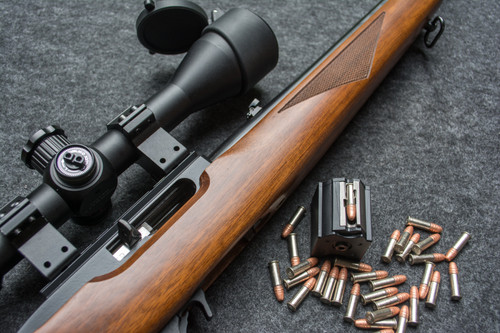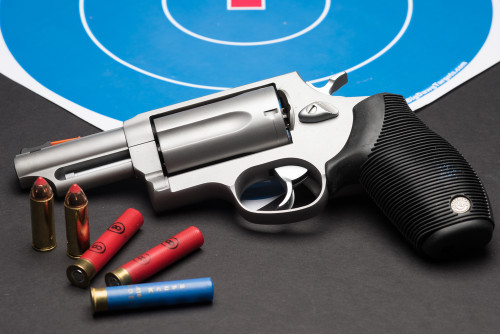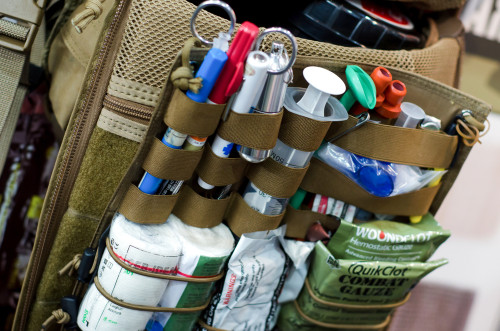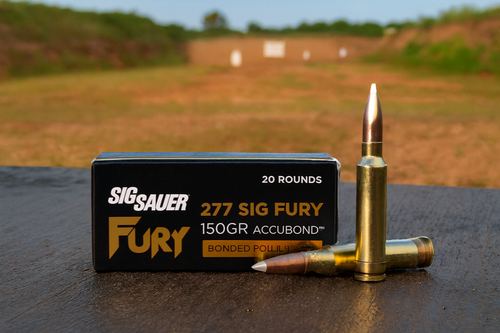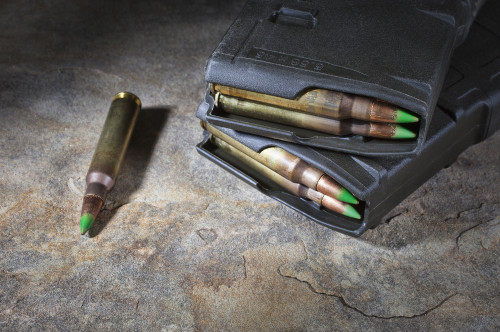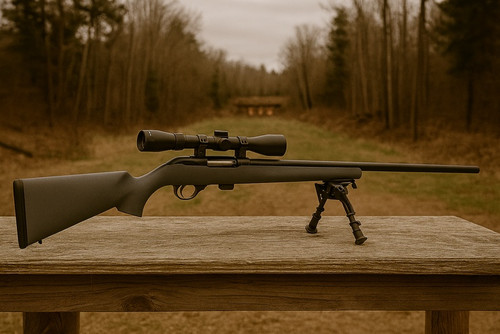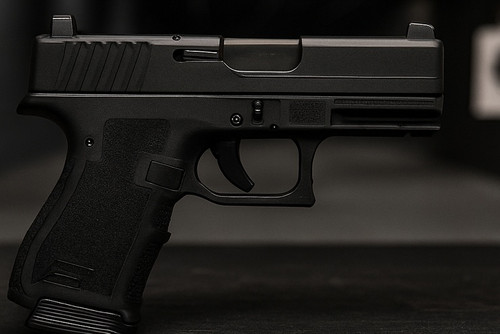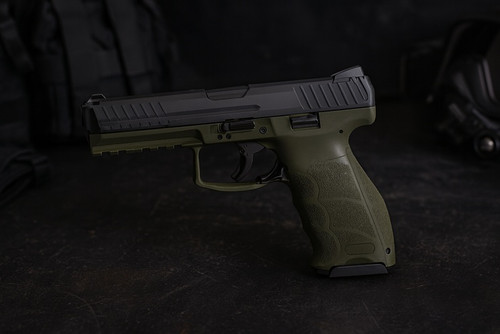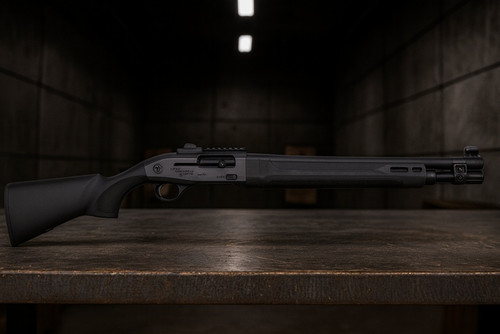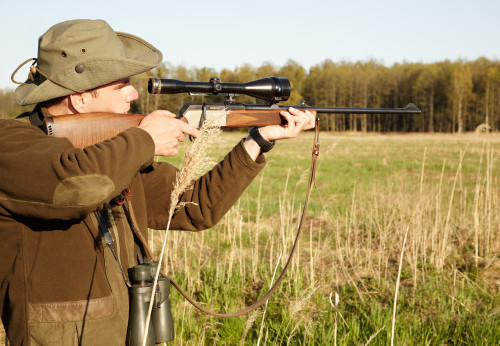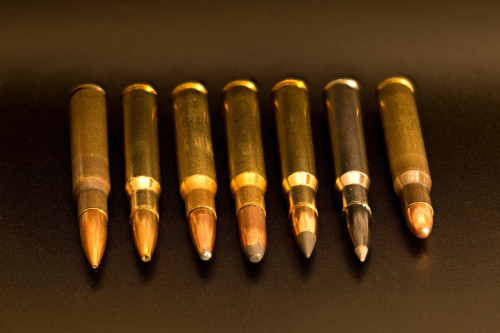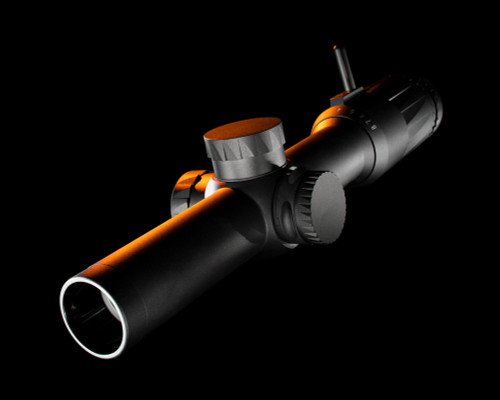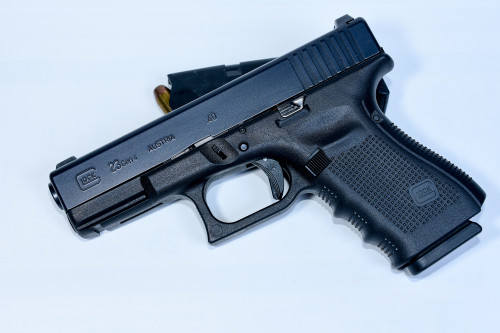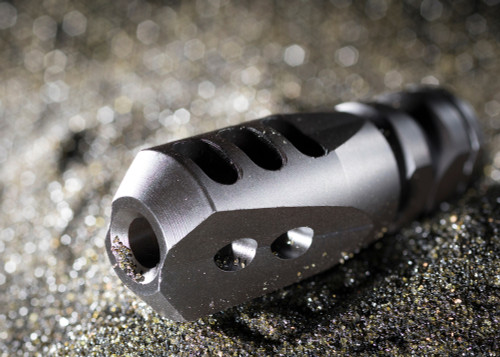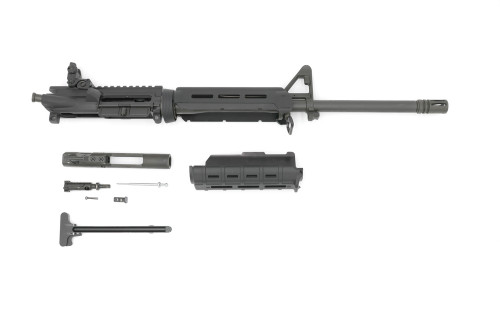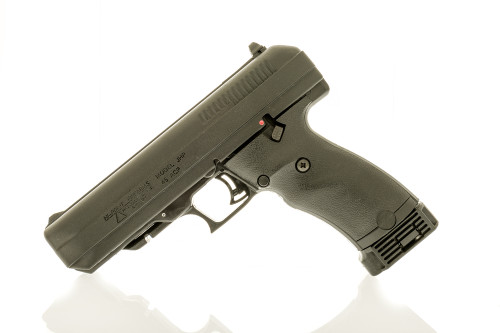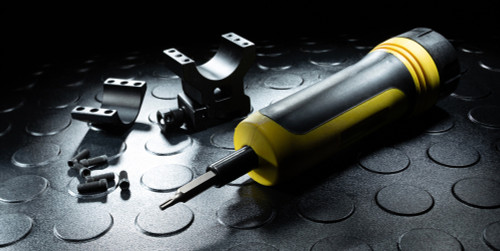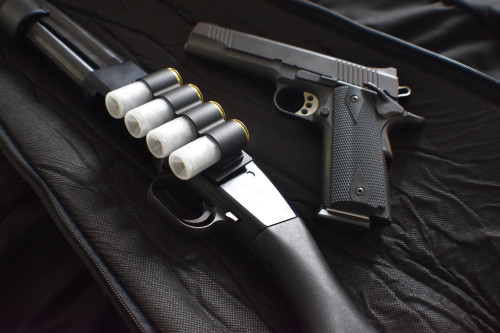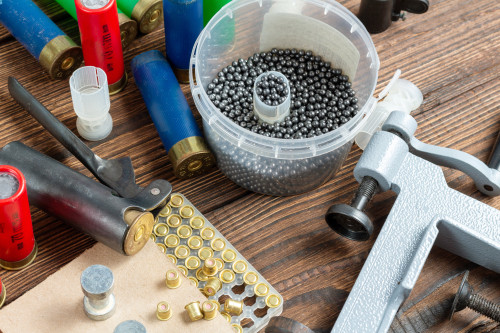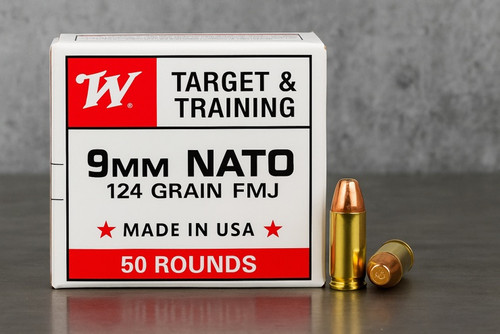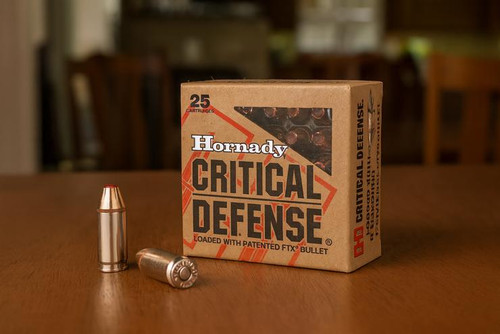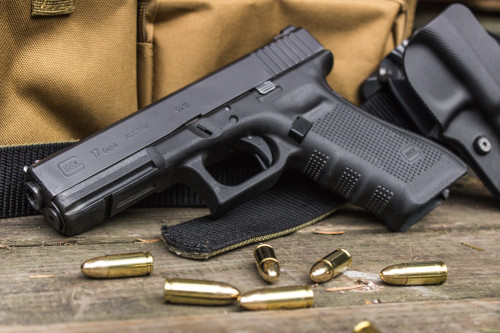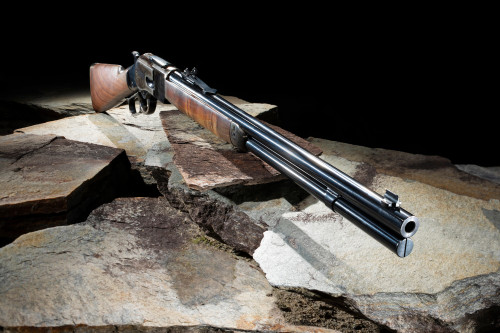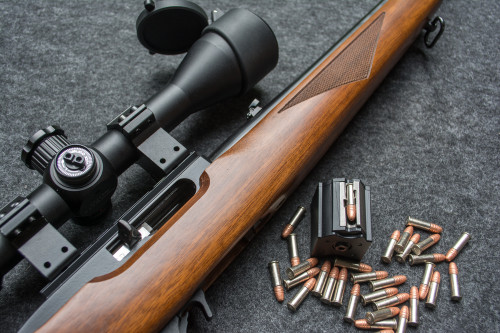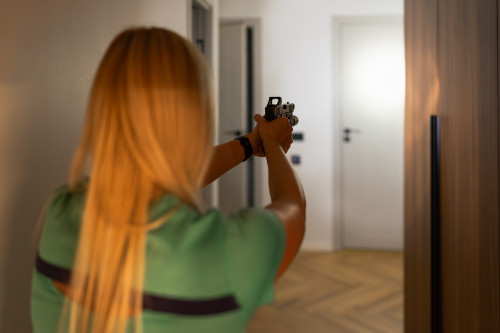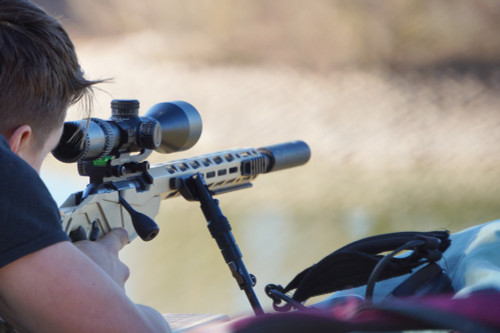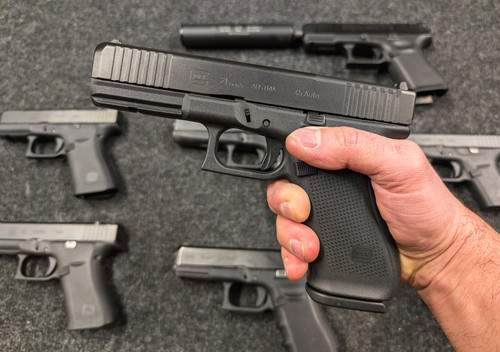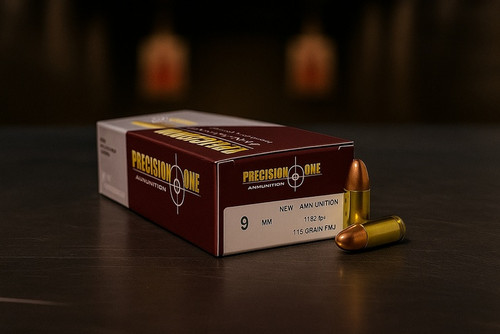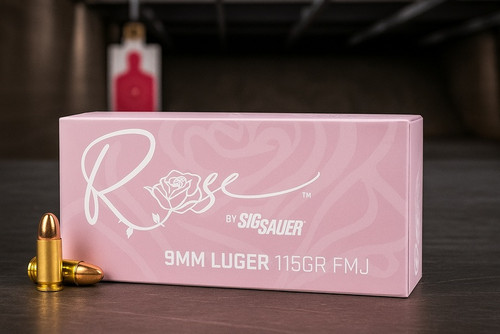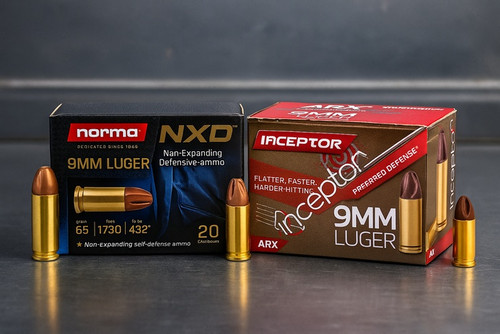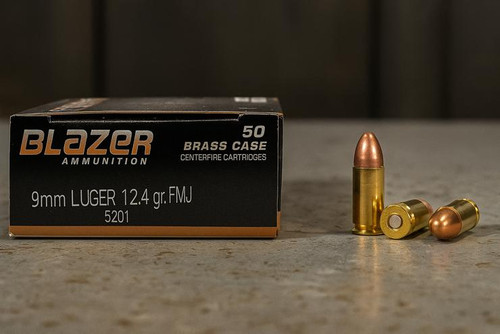Most AR-15 rifles jump up when fired and kick back into your shoulder. This can get pretty uncomfortable after shooting for a while. Muzzle devices fix these problems by changing how your rifle behaves when fired.
A good muzzle attachment helps control recoil and keeps you on target. It can also reduce side blast for people standing near you at the range. The right device makes a big difference in your shooting experience.
Our guide comes from real-world knowledge and careful research. We've studied user feedback, manufacturer specs, and field reports about top AR-15 muzzle brakes and compensators.
Our recommendations focus on recoil reduction, blast effects, noise, and sight picture benefits. We've skipped the marketing hype to bring you straight facts based on solid information.
Key Differences: Muzzle Brakes, Compensators, and Flash Hiders
Before dropping cash on a new muzzle device, you need to know what each type does. They might look similar, but they serve different purposes:
Muzzle Brakes focus on reducing felt recoil. They have ports or vents on the sides that direct gas outward, pushing against the rearward motion of the rifle. Less push into your shoulder equals more comfort during long shooting sessions.
Compensators work to reduce muzzle rise. They have vents or holes on the top that direct gas upward, creating a downward force that keeps your muzzle from climbing. This helps you stay on target for faster follow-up shots.
Flash Hiders do exactly what the name suggests – they reduce the visible flash when you fire. This matters for low-light shooting or tactical situations where you don't want to give away your position.
Many modern muzzle devices are actually hybrids that combine these features. You can spot the difference by looking at the exit hole size. Brakes and comps have exit holes roughly the size of your bullet, but flash hiders have larger holes to give unburnt powder room to... well, burn.
Here's something important if you live in California or other states with restrictions: Some states don't allow any muzzle device, let alone a threaded barrel to receive one. Make sure your muzzle device's exit hole is about the same size as your bullet, and check that the product description doesn't mention flash-hiding abilities.
How We Tested These Devices

Muzzle device reviews need more than just opinions to be useful. Our approach combines military experience, competitive shooting knowledge, and gun shop work with deep online research. Here's how we looked at each device:
Recoil Reduction: We checked how each device fights rearward movement compared to standard A2 flash hiders. Less movement means the brake does its job better. This matters for faster follow-up shots during rapid firing.
Side Blast: Standing next to someone using an aggressive brake can feel uncomfortable. We reviewed reports about how much side pressure each device creates. This matters if you shoot with others nearby or in enclosed spaces.
Sound Levels: Brakes often make guns sound louder by redirecting gas. We looked at noise data for each device at the shooter's position. Remember that every 3 dB jump doubles how loud something feels to your ears.
Reticle Movement: Keeping your sight picture steady helps you hit targets faster. We studied video analyses showing how each device controls muzzle jump. Less movement means you can get back on target more quickly.
All comparisons used standard rifles, ammo, and shooting positions for fair results. Each muzzle device in our guide needs proper timing with the barrel for best performance.
Product Reviews
VG6 Gamma 5.56 Muzzle Brake – Compact Power

The VG6 Gamma hits that sweet spot between size and performance. At just 2.1 ounces, it won't weigh down your barrel, yet it delivers a hefty 66% reduction in felt recoil.
What makes this brake special? Its hybrid design combines side ports to tame recoil with top vents that push your muzzle downward instead of allowing it to rise. The result? Your sights stay closer to target after each shot.
During our analysis, the windsock showed moderate movement – not gentle enough for your range buddies to thank you, but not harsh enough to make them hate you either. Sound levels came in at 116.5 dB, which is relatively tame for a brake of this effectiveness.
The reticle movement test revealed an interesting phenomenon – the Gamma actually pushed the muzzle slightly downward rather than allowing it to rise. This takes some getting used to, but means faster follow-up shots once you adapt.
The Gamma costs about $85, placing it in the middle of the price range. You get great value for this price point because of its small size and light build. The device cuts down recoil very well without adding too much bulk to your firearm. Shooters looking for good kick reduction will appreciate its compact design and reasonable noise level.
Strike Industries J-Comp V2 – Best Value for Money

If you need to upgrade your muzzle device without breaking the bank, the Strike Industries J-Comp V2 deserves your attention. At just $30-40, it delivers performance that rivals brakes costing twice as much.
This brake achieved an impressive 61% recoil reduction as per our report– a huge improvement over the standard A2 flash hider. But what makes it truly special is its versatility. The J-Comp V2 not only reduces recoil but may help with flash suppression too.
Let's talk about the drawbacks. The windsock test showed significant side blast – your range neighbors might give you the side-eye. Sound levels hit around 118 dB, which is on the louder side. At 3 ounces, it's also heavier than some competitors.
Looking through the scope, the J-Comp V2 keeps your reticle movement minimal. No fancy downward push like some premium options, but solid performance for staying on target.
For budget-conscious AR owners who want significant performance gains without premium pricing, the J-Comp V2 stands out as the clear value leader. It gives you most of what the high-end brakes offer at a fraction of the cost.
Nero 556 Muzzle Brake – Most Innovative Design

The Nero 556 stands out from other muzzle brakes with its futuristic design. It's 3D-printed using Inconel, the same tough material found in rocket engines. That's right – real rocket engines!
The 3D printing process creates internal shapes that regular machining can't match. This gives the Nero performance benefits you can't find in other brakes on the market.
During our analysis, the Nero showed moderate side blast – not as aggressive as some competitors but still noticeable. Sound levels came in at 117.6 dB, placing it in the middle of the pack for noise.
But here's where things get interesting. In the reticle movement test, the Nero actually pushed the muzzle downward. This feels strange at first if you're used to compensating for upward movement. Many users find themselves initially pushing the muzzle down too far because they're expecting a rise that never comes.
At around $179, the Nero isn't cheap. But for those seeking cutting-edge tech and unique performance characteristics, it offers something truly different from conventional brakes.
SureFire SOCOM Muzzle Brake + Warden – Best for Versatility

The SureFire SOCOM muzzle brake serves two important purposes. It works great as a standalone brake and also mounts SureFire suppressors with ease.
Measuring 2.6 inches long and weighing 3.9 ounces, it's not the smallest option available. The SOCOM makes up for its size with flexibility. You can get it in many caliber sizes from .223 up to .50-cal.
The Warden blast diffuser takes things to another level. This 3.5-inch attachment connects to the SOCOM brake via a quick-detach system. When attached, it directs blast forward instead of to the sides – a game-changer for those who shoot in close quarters or next to others.
Together, the SOCOM and Warden create a modular system that can adapt to different shooting environments. Heading to an indoor range or shooting next to friends? Slap on the Warden. Need maximum recoil reduction for a competition? Use the brake alone.
At around $147 for the brake and $225 for the Warden, this isn't a budget setup. But if you need adaptability or plan to eventually add a suppressor to your AR-15, the SureFire combo makes perfect sense as a foundation for that upgrade path.
A2 Birdcage – Classic and Reliable

Sometimes the classics endure for good reason. The A2 Birdcage comes standard on most AR-15s, and its simple design has stood the test of time.
At just 1.9 ounces, the A2 is one of the lightest options available. It's also among the most affordable at around $12. For many AR owners, it's the baseline against which all other muzzle devices are measured.
The A2 excels at flash suppression. Tests showed it reduces flash to just 0.48 Lux compared to over 10,000 Lux for a bare muzzle. This makes it ideal for low-light shooting where preserving night vision matters.
Where it falls short is recoil management. In our analysis, rifles equipped with the A2 showed significant reticle movement. The windsock barely moved, confirming minimal side blast – your range neighbors will thank you.
Sound levels averaged around 118.8 dB, placing it in the middle of the pack – not the quietest option but far from the loudest.
The A2 makes perfect sense for those who rarely shoot rapid strings, don't mind some muzzle rise, or need to prioritize flash suppression. It's also ideal for those building a budget AR or looking to keep weight to a minimum.
Precision Armament M4-72 Severe Duty – Best for Pure Recoil Reduction

When absolute recoil reduction is your top priority, the Precision Armament M4-72 Severe Duty stands alone. This brake achieved a stunning 74% reduction in felt recoil as per our report– the highest of any device we evaluated.
The M4-72 uses aggressive side cuts to redirect gas, effectively pushing against the rifle's rearward movement. This design translates to minimal reticle movement, allowing for faster follow-up shots and better tracking of moving targets.
But this performance comes with trade-offs. The windsock test revealed extreme side blast – standing next to someone using this brake is downright uncomfortable. Sound levels hit 119.4 dB and for this reason it is one of the louder options tested.
At 2.6 ounces and with a length that extends beyond the A2, the M4-72 isn't the most compact option. But considering its exceptional performance, the extra size and weight seem justified.
Priced around $65, the M4-72 sits in the mid-range category. For competitive shooters, those building purpose-built range rifles, or anyone who prioritizes recoil control above all else, this brake delivers exceptional value. Just don't expect to make friends at crowded ranges!
Final Recommendations
After extensive analysis and evaluation, here's how these muzzle devices stack up for different needs:
Best Overall Compensator: Precision Armament M4-72
The king of recoil reduction at 74%. Your shoulder will thank you, but your range buddies might not. Best for competition shooters or those who hit the range solo.
Best Hybrid Option: VG6 Gamma
Excellent balance of recoil control, compact size, and manageable side blast. A great upgrade that won't break the bank or alienate everyone at the range.
Best Budget Pick: Strike Industries J-Comp V2
At $30-40, nothing comes close to its performance-to-price ratio. Delivers 61% recoil reduction and keeps your rifle on target without emptying your wallet.
Most Innovative: Nero 556
3D-printed from rocket engine material with unique internal geometries. Pushes your muzzle down instead of letting it rise. Cutting-edge tech for those who want something truly different.
Most Versatile: SureFire SOCOM + Warden
A system that adapts to different shooting environments and serves as a foundation for future suppressor upgrades. Perfect for those who shoot in varied conditions.
Classic Choice: A2 Birdcage
Lightweight, affordable, and excellent for flash suppression. Sometimes the standard option is all you need, especially for casual plinking or night shooting.
A Quick Note on QD Suppressors
Need to take your noise reduction to the next level? Quick-detach (QD) suppressors work perfectly with certain muzzle devices to give you flexibility when you need it.
The beauty of QD suppressors is convenience – no need to swap out your entire muzzle device when you want to go quiet. Just attach the suppressor when needed and remove it when not.
Some standout options include:
Banish 30 Gold – A .30 caliber suppressor that brings sound levels down to 132.9 dB. Easy to take apart for cleaning and maintenance.
YHM Resonator K – Another .30 caliber option that reduces .308 Winchester to 137 dB and 5.56 to 150 dB. Compact and effective.
YHM Turbo T2 – Specifically designed for 5.56, bringing noise down to 134 dB. Great for dedicated AR-15 setups.
Each of these suppressors pairs with specific muzzle devices, creating a modular system that lets you adapt to different shooting needs and environments.
Conclusion
Choosing the right muzzle device transforms how your AR-15 performs. From taming fierce recoil to keeping your sights on target, these small attachments make a big difference in your shooting experience.
For pure recoil reduction, nothing beats the Precision Armament M4-72. If you want the best balance of performance, size, and side blast, the VG6 Gamma deserves a spot on your rifle. Budget-conscious shooters will love the Strike Industries J-Comp V2's impressive performance at an affordable price.
Remember that the "best" muzzle device depends on your specific needs:
- Do you shoot at crowded ranges? Consider side blast effects.
- Planning rapid-fire strings? Focus on recoil control and reticle movement.
- Shooting in low light? Don't overlook flash suppression.
- On a tight budget? Several options deliver great value without premium pricing.
The humble muzzle device might be small, but its impact on your shooting experience is anything but. Take the time to select the right one, and your AR-15 will reward you with better performance, more comfort, and a more enjoyable shooting experience.

Magtech 5.56 NATO 62gr FMJ
$26.54
at Pro Armory
Prices accurate at time of writing
Frequently Asked Questions
Do I need special tools to install a muzzle brake?
Most installations require a crush washer or peel washer, an armorer's wrench, and some way to secure your barrel. A vise with proper blocks works best. Some brakes need timing (proper alignment), so shims might be necessary. If you're not comfortable doing it yourself, a gunsmith can install it for about $25-50.
Will a muzzle brake make my AR-15 louder?
Yes, most brakes increase the perceived sound level for the shooter and bystanders. Our analysis showed increases of 2-5 dB compared to a standard A2 flash hider. Consider using doubled-up ear protection (plugs plus muffs) when shooting with aggressive brakes.
Are muzzle brakes legal in all states?
Muzzle brakes themselves are generally legal, but some states restrict features that might make a device classified as a flash hider. California, New York, New Jersey, and Massachusetts have various restrictions. Check local laws before purchasing, especially if the device mentions flash-hiding capabilities.
Can I use a 5.56 muzzle brake on my .223 AR or vice versa?
Yes! The .223 Remington and 5.56 NATO have the same bullet diameter, so muzzle devices made for one will work perfectly fine with the other. Just make sure the threading matches your barrel (typically 1/2×28 for both calibers).
How much recoil reduction can I really expect?
Based on our analysis, top performers like the Precision Armament M4-72 can reduce felt recoil by up to 74%. Even budget options like the Strike Industries J-Comp V2 achieved 61% reduction. The exact feel depends on your rifle configuration, ammunition, and shooting stance.
Do muzzle brakes affect accuracy?
Generally no, and some may actually improve accuracy by making the rifle easier to control. However, poorly made or improperly installed brakes can cause issues. Ensure your brake is properly timed and secured, and verify your zero after installation.



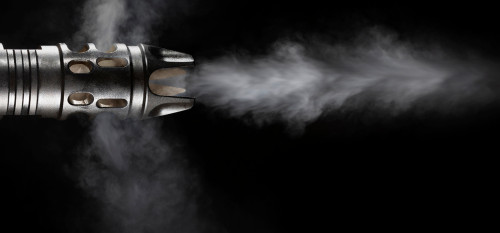
 Pro Armory Editorial Team
Pro Armory Editorial Team







